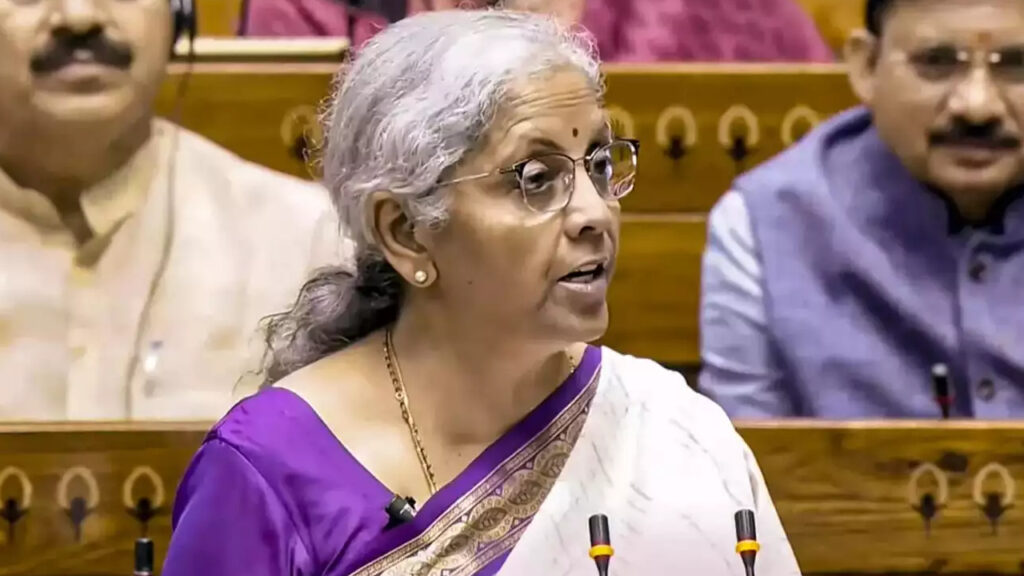GST Council Set to Simplify Tax Structure with Fewer, Lower Rates: Nirmala Sitharaman

In a significant update, Finance Minister Nirmala Sitharaman announced on Tuesday that the Goods and Services Tax (GST) Council is on the verge of finalizing a plan to streamline and reduce tax rates. The review process, which began nearly three years ago, is now in its final stages. The current GST framework operates under a four-tier structure with tax slabs of 5%, 12%, 18%, and 28%.
Essential items, such as packaged food, are taxed at the lowest rate of 5%, while luxury goods and demerit items fall under the highest slab of 28%. To simplify this system, the GST Council, chaired by Sitharaman and comprising state finance ministers, formed a Group of Ministers (GoM) to evaluate and recommend changes.
Speaking at the India Today-Business Today Post Budget Round Table, Sitharaman highlighted the importance of a thorough review, particularly for everyday consumer goods, to ensure meaningful reforms. “The process of rationalizing and simplifying GST rates has been ongoing for almost three years. Its scope has expanded over time, and now, the work is nearly complete,” she said. She reiterated the original objective of achieving fewer and lower tax rates, expressing optimism that the GST Council would soon reach a consensus.
This announcement comes shortly after the presentation of the Union Budget 2025-26, which introduced substantial income tax relief for the middle class. Addressing speculation, Sitharaman dismissed claims that the tax cuts were politically motivated ahead of the Delhi Assembly elections, stating that they reflect Prime Minister Narendra Modi’s commitment to easing the tax burden on citizens. She also clarified that the government has no plans to discontinue the old tax regime.
On the topic of capital expenditure, Sitharaman emphasized that spending has not been reduced but has instead seen a consistent increase. The Budget allocated Rs 11.21 lakh crore for capex in 2025-26, representing 4.3% of GDP—higher than the revised estimate of Rs 10.18 lakh crore for FY25. She pointed to the steady rise in capex allocations, from Rs 4.39 lakh crore in FY21 to Rs 10 lakh crore in FY24, as evidence of the government’s focus on infrastructure development.
The Budget also set a fiscal deficit target of 4.4% of GDP for FY26, while revising the FY25 estimate downward by 10 basis points to 4.8%. Sitharaman reaffirmed the strength of India’s economic fundamentals, dismissing concerns about a structural slowdown.
The impending GST Council decision on rate rationalization is expected to bring significant changes to the tax framework, aligning with the government’s vision of a simpler, more efficient, and taxpayer-friendly system. This move is likely to have a far-reaching impact on both consumers and businesses across the country.


